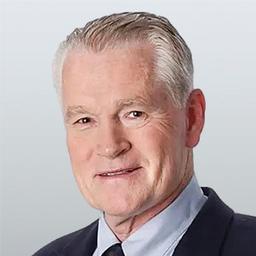“Fundamentally, debt is a claim on future money but, since money is itself a claim on the real economy, and hence on energy, debt really amounts to a claim on the energy economy of the future. ... Energy returns have been declining for a long time, and I believe that growth in the real economy ceased quite some years ago. ... The financial ‘shadow’ economy of money and debt has continued to expand, opening up a huge gap between, on the one hand, the economic claims incorporated in the financial system and, on the other, the actual potential of the real economy. What it means is that the financial and real economies can be reconciled only if financial claims (meaning both debt and money) are destroyed on a truly enormous scale.” — Tim Morgan, ”Life After Growth”

|Updated:
Commentary
James Dale Davidson is a highly acclaimed economist and financial forecaster who has cemented his legacy through his renown investment newsletter Strategic Investment, which has been in publication since 1987. One of Davidson’s biggest fans include billionaire Peter Thiel, who says Davidson inspired him to start PayPal and cited Davidson as “his favorite stock picker.”
Author’s Selected Articles




